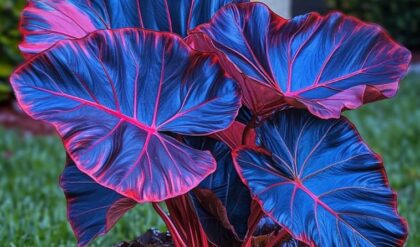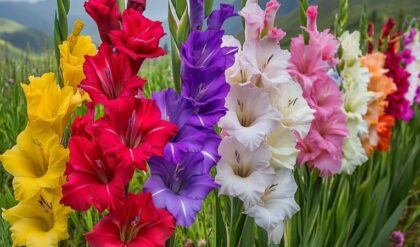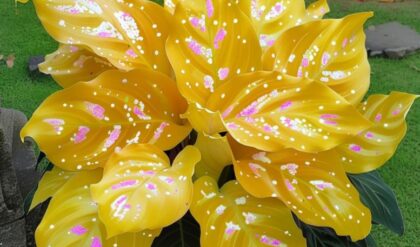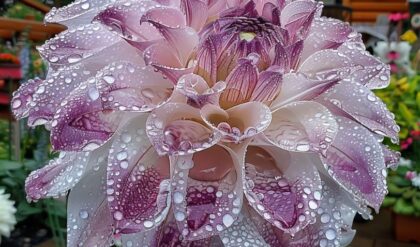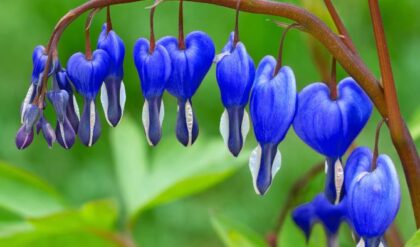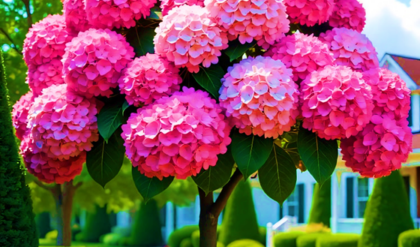Growing hydrangeas from cuttings is a rewarding endeavor that not only beautifies your garden but also connects you more intimately with the plant’s lifecycle. These flowering plants are adored for their lush, vibrant blooms and adaptability to various climates. The process of propagating these lovely shrubs through cuttings is relatively simple yet embodies the profound principles of patience and nurturing. Below, we will delve into the steps and insights necessary for successfully growing hydrangeas from cuttings.
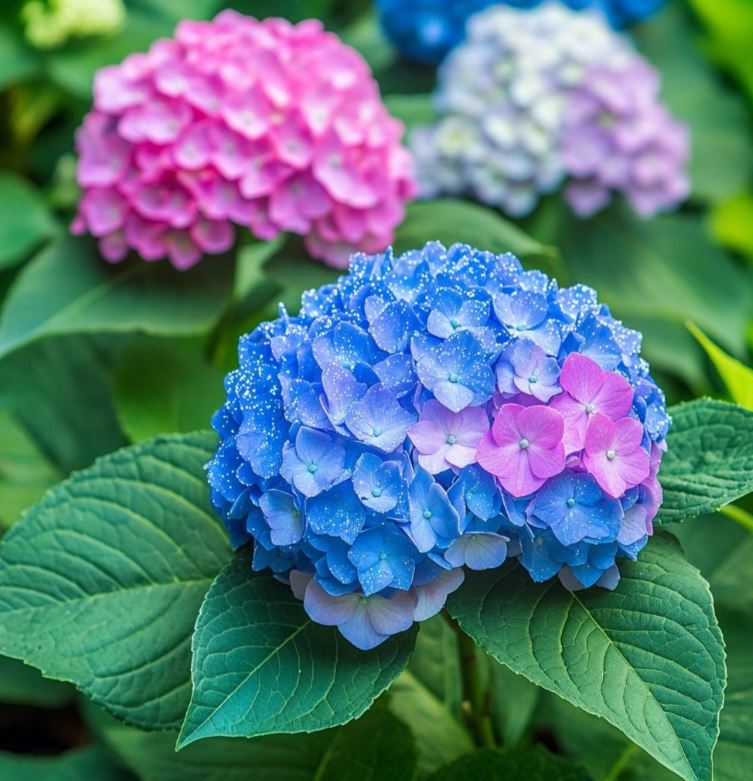
Understanding the Basics of Propagation
What Are Cuttings?
Cuttings are sections of a plant that are strategically taken to foster new growth. This method can be seen as nature’s own way of cloning plants—essentially bypassing the seed stage to yield quicker results. Imagine taking a literal piece of your favorite hydrangea and allowing it to develop into its own unique entity in your garden. Each cutting serves as a reminder of the parent plant, holding the potential for the same beauty and energy.
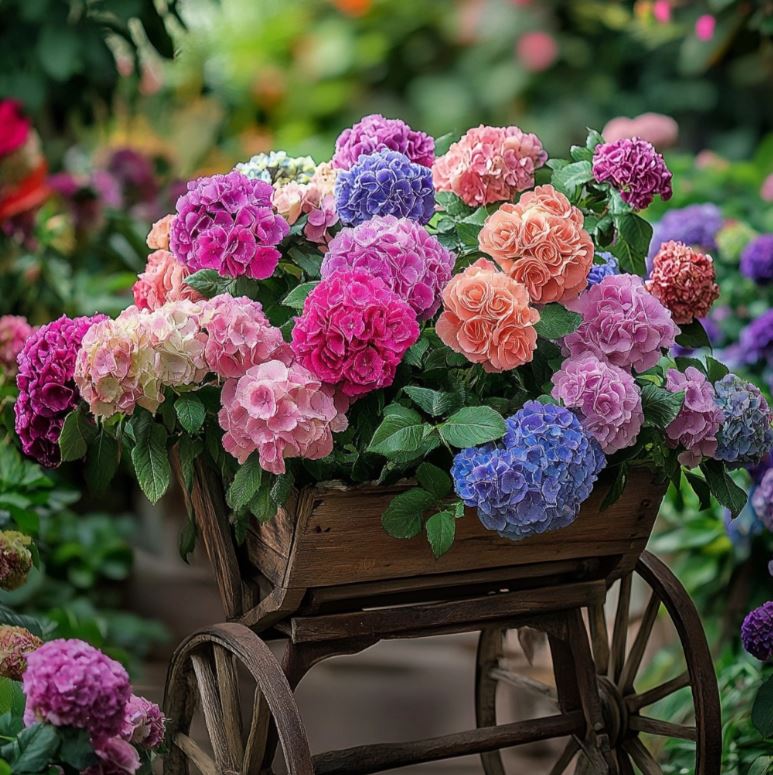
Step-by-Step Guide to Taking Hydrangea Cuttings
Selecting the Right Time and Material
The ideal time to take cuttings is during the spring or early summer when the plant is actively growing. Look for healthy stems that are about 4-6 inches long, ideally softwood cuttings that have some youthful vigor. Picture this like selecting the most promising candidate at a talent show, where you aim to choose the candidate with the highest potential for future success.
Preparing the Cutting
Once the material is gathered, remove any flowers or leaves, keeping only one or two small leaves at the top. This is essential, as foliage can lead to excess moisture loss, which threatens a cutting’s survival. Think of it as a sprinter shedding unnecessary weight before a race—the fewer impediments, the better!
Rooting Hormone
Applying rooting hormone to the cut end can increase your chances of successful propagation. This hormone acts almost like a magician’s wand, signaling to the plant to initiate root growth rather than merely healing the wound. It’s akin to providing gold star motivation to your cutting to achieve its greatest potential .
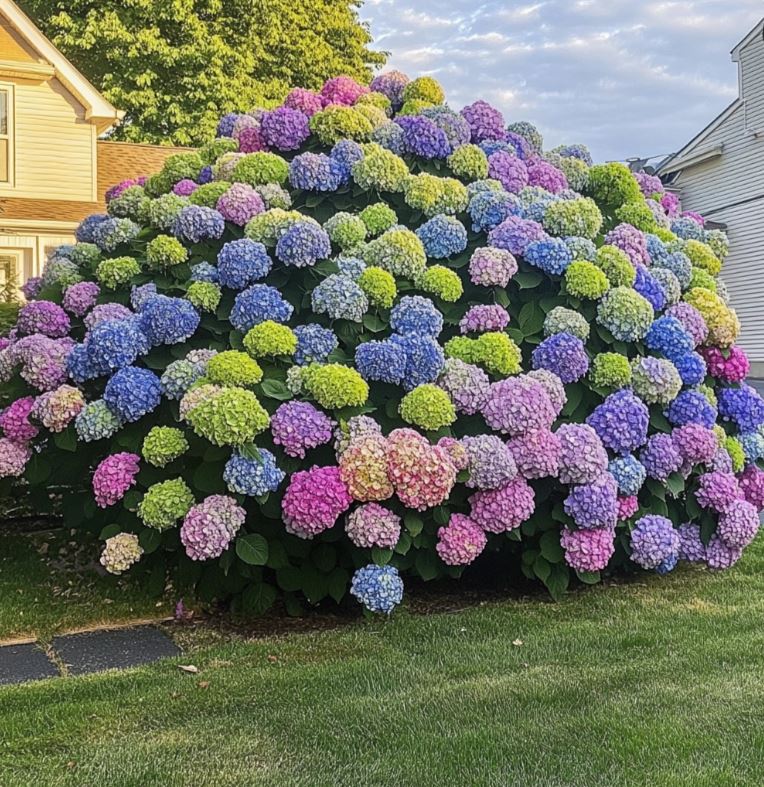
Planting Your Cuttings
Potting Mix
Utilize a well-draining potting mix for the cuttings. A combination of perlite and peat moss can create an optimal environment for roots to form. Consider the potting mix as a nurturing environment—similar to the fertile fields that provide nourishment to crops—they must have just the right texture and blend, allowing air and moisture to circulate beautifully.
Watering and Care
After planting, lightly water the cuttings and cover them with plastic to retain humidity—just like covering a young child in a warm blanket to ensure comfort. This step is crucial for maintaining the wetlands-like atmosphere the cuttings need to thrive. But be cautious; too much water can lead to rot, akin to overwhelming an innocent child with excessive attention!
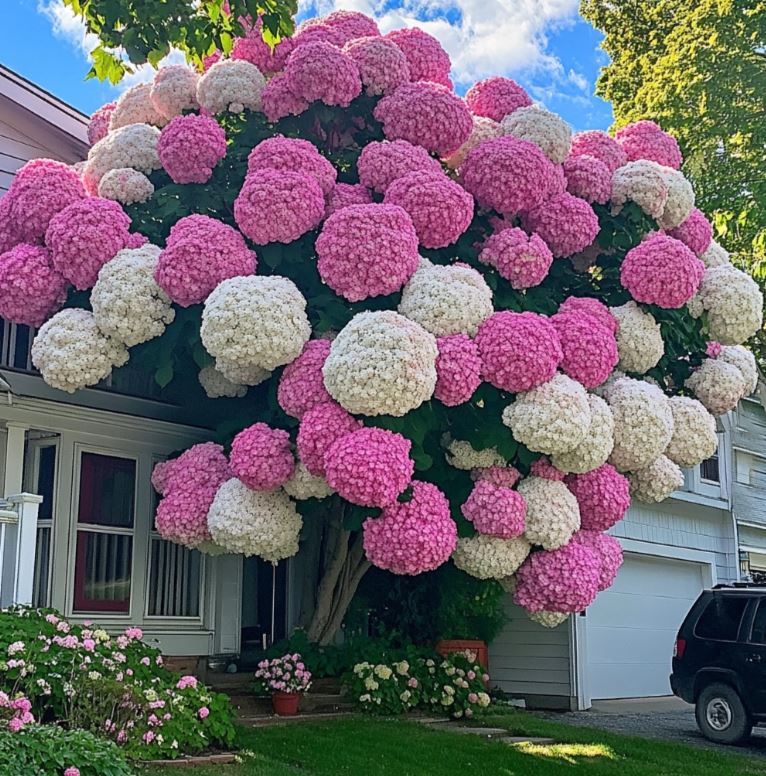
Patience and Growth
Monitoring Progress
As weeks pass, observe the cuttings closely without being overly intrusive. You’re essentially fostering a quiet revolutionary process, celebrating each new leaf as proof of emerging life. Depending on environmental conditions—like temperature and light—roots may begin forming within a month.
Transplantation
When roots are sufficiently developed, the cuttings can be transplanted outdoors or into larger pots. At this juncture, think about how your effort has transformed a mere clipping into a fully-fledged plant. Each transplanted hydrangea stands as a testament to your patience and devotion, heralding the beauty it will soon contribute to your garden landscape .

The Bigger Picture
Embarking on the journey of growing hydrangeas from cuttings transcends mere gardening hobby; it’s about fostering a deeper connection with nature. Imagine your garden flourishing with diverse generations of hydrangeas—each bloom whispering stories of perseverance and growth to any observer passing by. Not only does this act enrich your surroundings aesthetically, but it symbolizes a cycle of renewal, evoking reflections on legacy and transformation in our lives. The journey from cuttings to full-grown plants beautifully parallels personal growth, depicting how nurturing an idea or dream can yield magnificent results over time.
